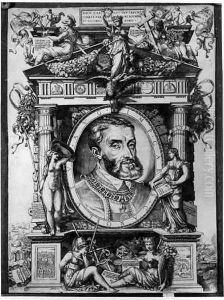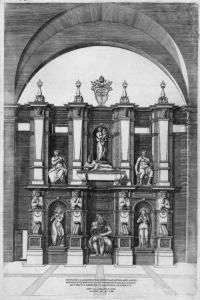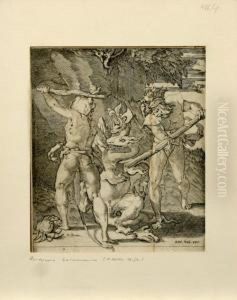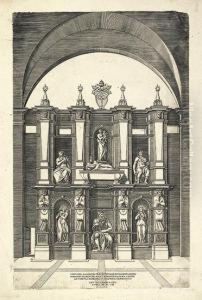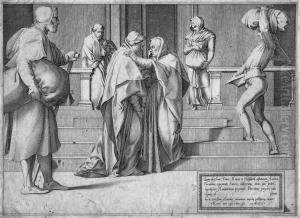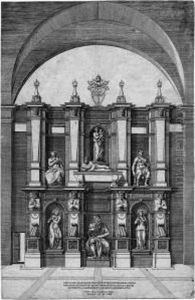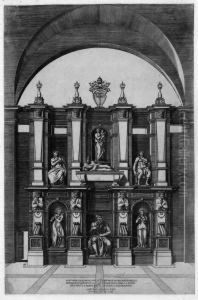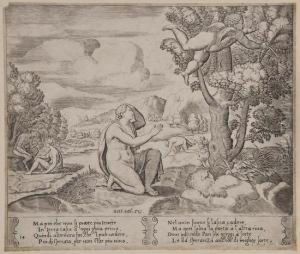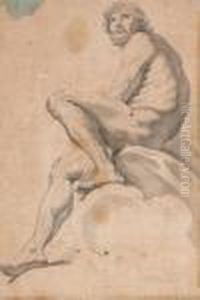Antonio Salamanca Paintings
Antonio Lafreri, also known as Antonio Salamanca, was an influential Italian art dealer, publisher, and printmaker during the Renaissance period. Born in 1500 in Salamanca, Spain, he moved to Rome, Italy, where he established himself as a central figure in the dissemination of artistic ideas and images through prints.
Salamanca initially worked for the German print publisher and merchant Ugo da Carpi, who introduced chiaroscuro woodcut printing to Italy. After learning the trade, he started his own business around 1534 and rapidly became one of the leading print publishers in Rome. He collaborated with many significant artists and engravers of his time, such as Marcantonio Raimondi, Agostino Veneziano, and Giulio Bonasone, to produce engravings based on works by prominent artists like Raphael and Michelangelo. This helped to spread the fame of these artists beyond Italy and played an essential role in the history of printmaking.
Antonio Salamanca's publishing activity included a wide range of subjects, from religious themes and allegories to ancient statues and contemporary art, as well as maps and topographic views. His shop became a hub for artists, intellectuals, and collectors. Salamanca was instrumental in creating the 'speculum Romanae magnificentiae,' a collection of prints that depicted the monuments and antiquities of Rome, serving as a visual guidebook for cultured travelers on the Grand Tour.
One of Salamanca’s most notable achievements was his partnership with the French engraver and publisher Antoine Lafreri. After Salamanca's death in 1562, Lafreri took over the business and continued to produce the 'speculum' and other works. The name 'Antonio Lafreri' is often associated with the later period of the print shop's operation, although it was founded by Antonio Salamanca. The legacy of Salamanca’s work in print publishing had long-lasting effects on the art world and contributed significantly to the spread of the Italian Renaissance style across Europe.
